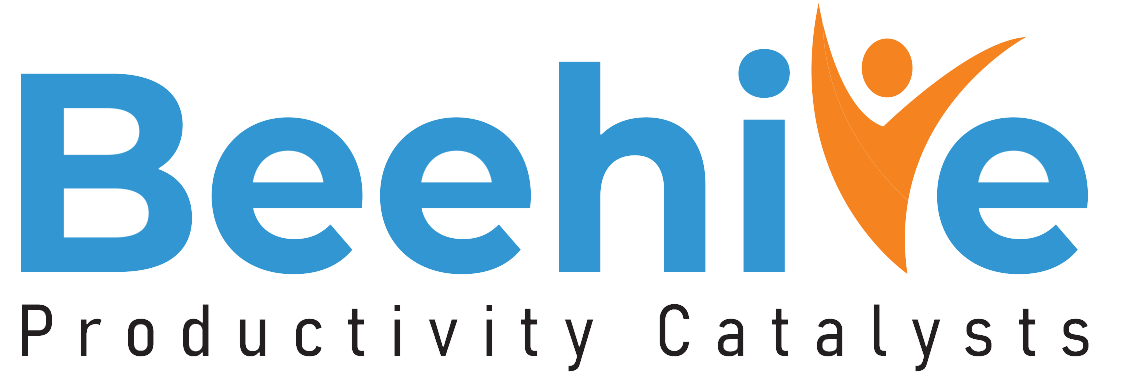The new rules for high performance and sustainable success
We are made to believe that high performance must come at a cost. In the name of productivity, you are expected to do late nights, early mornings, skip lunch breaks, vacations and personal time. It’s the unspoken curse of the modern workplace. .
But what if we have had it wrong all along?
What if high performance didn’t have to hurt?
In traditional corporate culture, pain is worn as a badge of honour. Sufferings are celebrated and even rewarded:
- “You are a true warrior — you powered through.”
- “You are such a hustler — always available.”
- “Company loves your dedication.”
This narrative may sound heroic but it is deeply flawed. Because the human brain and body do not perform sustainably under constant pressure.
The science of burnout
The World Health Organization now recognizes burnout as a symptom to chronic workplace stress. It includes:
- Emotional exhaustion
- Mental distance from work
- Cynicism
- Reduced professional efficacy
In other words: when your people burn out, your performance burns out with them.
What is the cost of pushing too hard? Let’s take a closer look.
Studies show that 50% of employees who experience burnout leave their organizations within a year. That’s a massive talent drain and an expensive one.
- Burnout reduces innovation
A stressed, exhausted mind can’t think creatively or strategically. If you want your teams to innovate, you must give them space to think and not just tasks to complete.
Culture spreads. When burnout is glorified, it becomes the norm. When one leader constantly sacrifices wellbeing for results, others feel pressured to do the same.
Over time, you create a culture where exhaustion = loyalty and that is a recipe for organizational collapse.
Redefining high performance
Sustainable high performance looks different and you don’t need to trade health for output. It’s time to rewrite the rules. This is what you need:
- Psychological Safety
Without psychological safety, people operate in defence mode, not growth mode. And that’s bad for both wellbeing and business. Employees must feel safe to:
- Take smart risks
- Admit mistakes
- Ask for help
- Speak openly about challenges
- Workload Management
High performance comes from focus, not frenzy. Unrealistic deadlines and unmanageable workloads add to burnout. Leaders must:
- Stop normalising 60+ hour weeks
- Audit workloads for sustainability
- Create clear priorities to reduce chaos
- Recovery Time
Performance is like a muscle. Without recovery, it breaks down. Yet many organizations design work with zero margin for recovery:
- Back-to-back meetings
- Always-on expectations
- No protected personal time
True high performers know that rest is not optional but strategic. Leaders should actively:
- Celebrate downtime
- Protect vacation time
- Encourage breaks throughout the day
- Purpose and Autonomy
When people do meaningful work and have autonomy over how they do it, they engage deeply without burning out. Leaders can foster this by:
- Connecting roles to purpose
- Giving teams ownership of their work
- Trusting employees to manage their work plan
Purpose fuels intrinsic motivation. Autonomy fuels engagement.
Together, they form the heart of sustainable high performance.
The role of leadership
If you are a leader, you have immense power to change the narrative of performance.
Model Boundaries:
Don’t send emails at midnight or praise those who do. Set clear boundaries. Model them. Encourage your team to do the same.
Normalise Recovery:
Celebrate rest as much as results. Publicly support employees taking vacations, using wellness resources, and protecting personal time.
Redesign Work:
Align priorities to what truly matters. Audit and redesign work to eliminate:
- Low-value tasks
- Outdated processes
- Redundant reporting
Less clutter → More focus → Higher sustainable performance.
Focus on outcomes, not hours:
Move away from face-time culture. Reward teams for the value they deliver and not the number of hours they clock. When you do this, you build trust and accountability, not surveillance and burnout.
Ask the hard question:
Have we been measuring the wrong things in the wrong ways?
If the only path to success in your company looks like this:
- Skipped vacations
- Constant availability
- Sleep deprivation
- Family sacrifices
- Personal health declines
This suggests that you do not have a high-performance culture but a high-cost culture.
And over time, the costs will outweigh the gains. Real high performance doesn’t have to hurt. It should energize your people, not exhaust them.
The real future of work: Humans first
The future belongs to organizations that understand one thing: Human performance drives business performance. That’s why leading companies are shifting to human-first, sustainable high performance models:
- Microsoft has integrated mental health and recovery days into its culture.
- Google encourages employees to design their workdays for focus and flexibility.
- Patagonia enforces strict boundaries on after-hours communication.
- Salesforce trains managers on psychological safety and wellbeing leadership.
These companies aren’t doing this to be “nice.”
They are doing it because resilient humans build resilient businesses.
How companies can shift?
You don’t need a major transformation to start making this shift. Here’s how any organization can begin moving toward sustainable high performance today:
- Audit and align workload
- Conduct workload assessments.
- Eliminate low-value work.
- Align priorities to capacity.
- Train leaders on wellbeing leadership
- Teach managers to spot burnout signs.
- Equip them to build psychological safety.
- Reward behaviours that support wellbeing and not overwork.
- Embed recovery into the rhythm of work
- Design days with buffer time.
- Protect nights and weekends.
- Make rest and recovery visible and valued.
- Rethink performance metrics
- Move from time-based metrics to outcome-based metrics.
- Recognize quality, creativity, collaboration and not just volume or speed.
- Communicate a new narrative
- Publicly shift the narrative of high performance:
“We value sustainable excellence and not burnout.”
When leaders model this shift authentically, culture changes follow.
How Beehive HRMS can help?
If your goal is to move from burnout-driven hustle to sustainable high performance, you need more than good intentions and smart systems. This is where Beehive HRMS plays a powerful role:
✅ Workload visibility: Use Beehive’s performance dashboards and workload insights to help managers distribute work fairly and sustainably.
✅ Outcome-based performance tracking: Shift away from hours-based or activity-based metrics. Beehive helps you set and measure results that matter to support autonomy and flexibility.
✅ Employee wellbeing analytics: Beehive HRMS integrates wellbeing pulse surveys, engagement metrics, and early warning signals to help leaders spot burnout risks before they spiral.
✅ Manager enablement: Provide managers with data, tools, and best practices through Beehive’s learning modules. This helps them model and lead sustainable performance behaviours.
✅ Recognition of healthy performance: Use Beehive’s recognition features to reward not just output but collaboration, wellbeing leadership, and sustainable work practices.
Beehive HRMS helps you operationalize what this blog advocates.
You don’t have to guess at burnout signals or hope culture will change. Instead, you can design for it, track it, and scale it.
Sustainable high performance starts with smart HR tech that puts humans first.
And Beehive HRMS is built to help you do exactly that.






